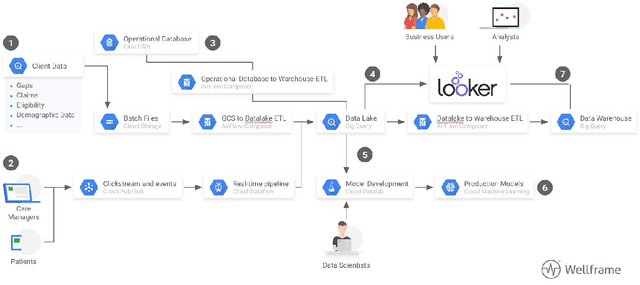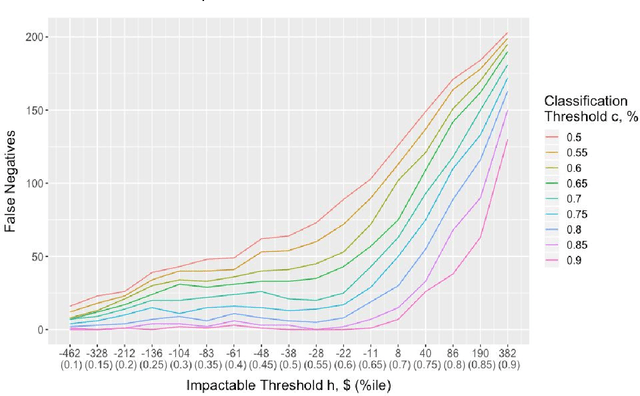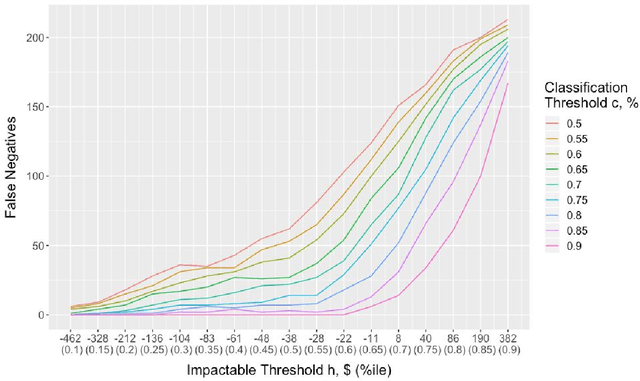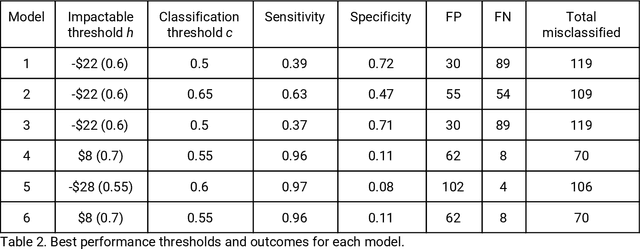Heather Mattie
A Framework for Predicting Impactability of Healthcare Interventions Using Machine Learning Methods, Administrative Claims, Sociodemographic and App Generated Data
May 15, 2019



Abstract:It is not clear how to target patients who are most likely to benefit from digital care management programs ex-ante, a shortcoming of current risk score based approaches. This study focuses on defining impactability by identifying those patients most likely to benefit from technology enabled care management, delivered through a digital health platform, including a mobile app and clinician web dashboard. Anonymized insurance claims data were used from a commercially insured population across several U.S. states and combined with inferred sociodemographic data and data derived from the patient-held mobile application itself. Our approach involves the creation of two models and the comparative analysis of the methodologies and performances therein. We first train a cost prediction model to calculate the differences in predicted (without intervention) versus actual (with onboarding onto digital health platform) healthcare expenditure for patients (N = 1,242). This enables the classification of impactability if differences in predicted versus actual costs meet a predetermined threshold. A random forest machine learning model was then trained to accurately categorize new patients as impactable versus not impactable, reaching an overall accuracy of 71.9%. We then modify these parameters through grid search to define the parameters that deliver optimal performance. A roadmap is proposed to iteratively improve the performance of the model. As the number of newly onboarded patients and length of use continues to increase, the accuracy of predicting impactability will improve commensurately as more advanced machine learning techniques such as deep learning become relevant. This approach is generalizable to analyzing the impactability of any intervention and is a key component of realising closed loop feedback systems for continuous improvement in healthcare.
The Social Bow Tie
Oct 12, 2017



Abstract:Understanding tie strength in social networks, and the factors that influence it, have received much attention in a myriad of disciplines for decades. Several models incorporating indicators of tie strength have been proposed and used to quantify relationships in social networks, and a standard set of structural network metrics have been applied to predominantly online social media sites to predict tie strength. Here, we introduce the concept of the "social bow tie" framework, a small subgraph of the network that consists of a collection of nodes and ties that surround a tie of interest, forming a topological structure that resembles a bow tie. We also define several intuitive and interpretable metrics that quantify properties of the bow tie. We use random forests and regression models to predict categorical and continuous measures of tie strength from different properties of the bow tie, including nodal attributes. We also investigate what aspects of the bow tie are most predictive of tie strength in two distinct social networks: a collection of 75 rural villages in India and a nationwide call network of European mobile phone users. Our results indicate several of the bow tie metrics are highly predictive of tie strength, and we find the more the social circles of two individuals overlap, the stronger their tie, consistent with previous findings. However, we also find that the more tightly-knit their non-overlapping social circles, the weaker the tie. This new finding complements our current understanding of what drives the strength of ties in social networks.
 Add to Chrome
Add to Chrome Add to Firefox
Add to Firefox Add to Edge
Add to Edge